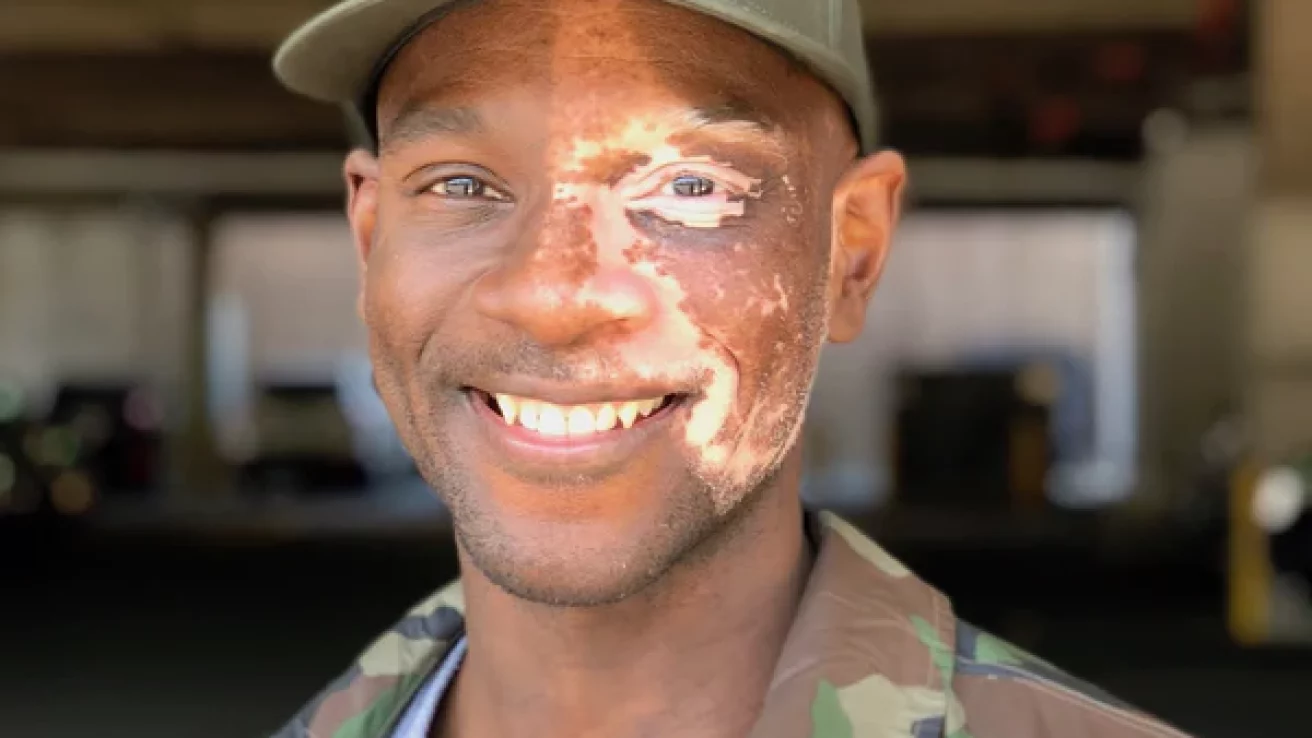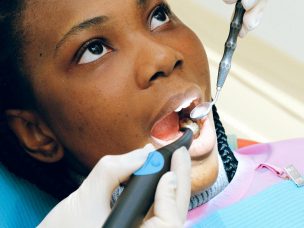James Mcleod is a Vitiligo patient advocate and someone who has been living with vitiligo since he was a child. In this interview, we talk about what it was like for him growing up with vitiligo, how he’s learned to cope over the years, and what he’s doing now to help others who are dealing with the same challenges.
Can you describe what it’s like having vitiligo and how you were diagnosed?
James Mcleod: “I first was diagnosed with Vitiligo at the age of 18 months old, as a baby. Most people…. didn’t know what vitiligo was at the time. Some pharmaceutical, pharmacists, health providers, physicians, and dermatologists, they didn’t have a clue what vitiligo was. I don’t think my mother got an answer until I turned five years old and she actually took me to a specialist, a dermatologist, and he said your son has a case of vitiligo, which is a loss of pigmentation, and my mother, when I first was losing pigment on top of my forehead, my mom thought it was just a teeny tiny pimple that was deforming. Then overnight my skin changed just like that. It would just be pitch white and when we found out it was vitiligo, we were educated on it but there was not too much research at the time about vitiligo. We just said it was a birthmark or a beauty mark. Growing up saying it, I knew what it was. My mother knew what it was. Society at the time didn’t know what vitiligo was so growing up with it was- I wouldn’t even use the word challenge, that’s kind of like an understatement, it was adversity just head-on, like insecurities at its highest level just dealing with society’s rejections and how society will make you feel even my mother would instill these powerful words into me, at the time I was too young to really articulate it to understand that I was beautiful, I was wonderfully made and all the wonderful words that she helped me to build my self-esteem but soon as I step out the doors or go to school for the first time my classmates had a different answer for me like “dude what happened to your face?” or “who erased the other side of your face? and they would make fun of me, they would say mean things and kids didn’t know at the time or they didn’t know better, and parents especially weren’t teaching their kids about similarities or someone’s going to be different in your classroom. This is why I go harder advocating about vitiligo, or not even vitiligo, just because it’s bigger than my skin. It’s really changing the narrative and helping to empower others to overcome their insecurities and fears no matter what they may look like.”
Learn more about James McLeod and his daily initiatives here https://thatvitiligoguy.com/










